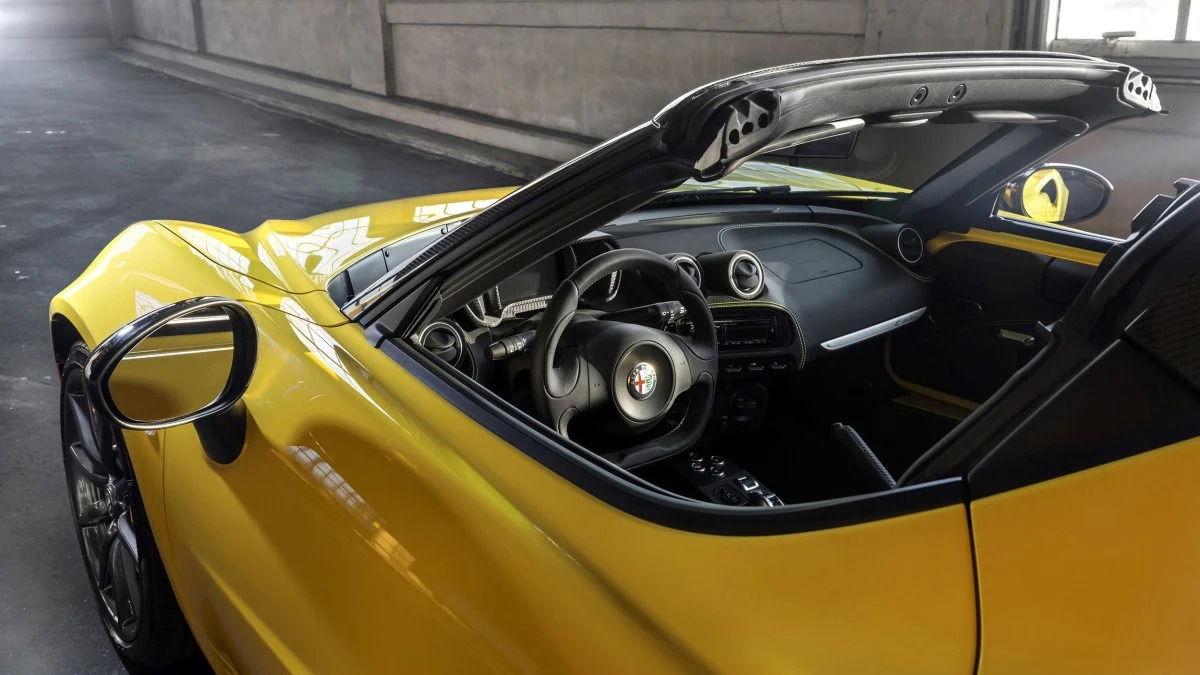
Auto detailing continues to evolve, and one of the newer tools in the detailer’s arsenal is ceramic coating. Like wax products, ceramic coatings add a protective layer between a car’s clear coat and the elements. It won’t fix paint major issues, but it will keep a clean car clean for longer and can help reduce the visibility of small scratches. Read on to learn what goes into ceramic coating for cars
What is ceramic coating?
Automotive ceramic coatings are applied to paint and they chemically bond to the clear coat while hardening in the process. Once cured, this layer, infused with ceramic nanoparticles, acts as a barrier and keeps things such as road tar, insect guts and acid rain from making it to your paint. The ceramic part usually consists of SiO2 (silicon dioxide), and some products also include TiO2 (titanium dioxide).
These materials are used in ceramic coatings (and some dishware) because of their hardness and strength, and because they resist acidic and caustic substances, such as bird droppings. In short, a ceramic coating is invisible protection for your car.
Benefits of ceramic coating
As mentioned, ceramic coatings protect your paint by inserting themselves between the clear coat and anything that can (and will) land on the vehicle. The ceramic coating also prevents yucky stuff from sticking to it, and anything that does adhere itself comes off more easily. Ceramics act as a UV barrier, so they’ll prolong the life and vividness of the paint. It can also be applied to glass to help it shed water and stay cleaner between washes.
While a ceramic coating wears away eventually, its expected life is longer than that of wax products. How long it lasts in a specific application has a lot to do with the product used, how it was applied, and what kind of life the car lives — is it on the road 18 hours a day in all sorts of weather, or do you keep the car safely tucked away in the garage, bringing it out for the occasional Sunday drive?